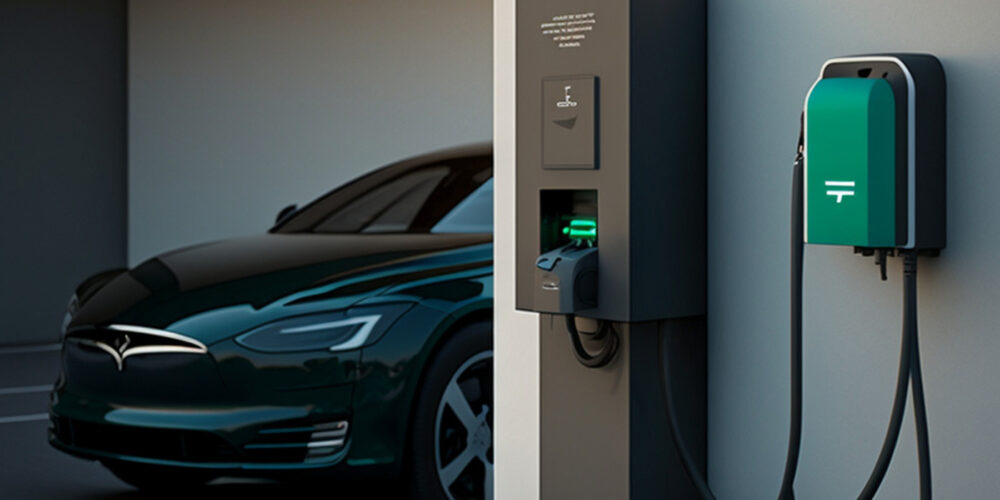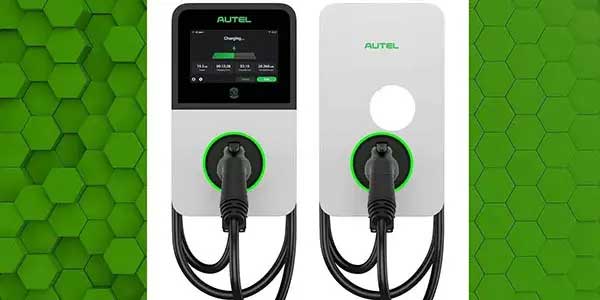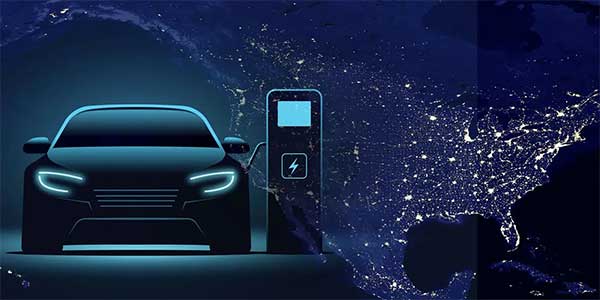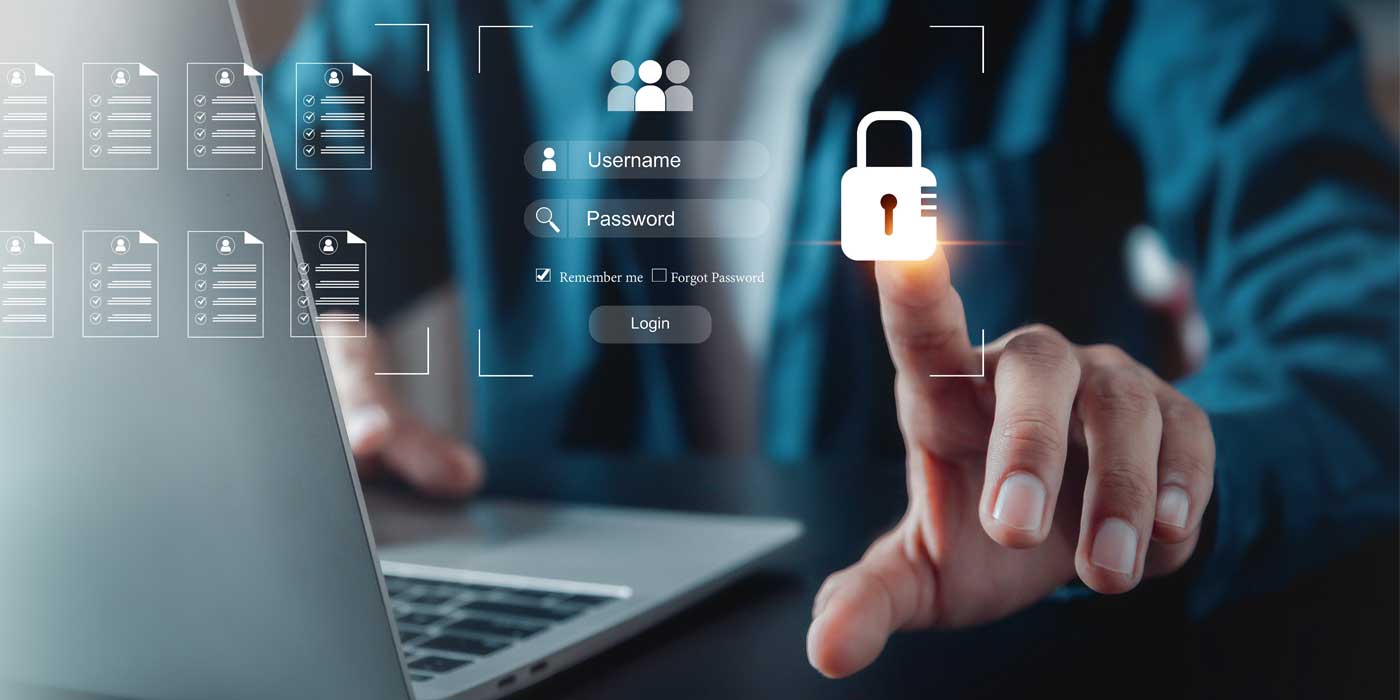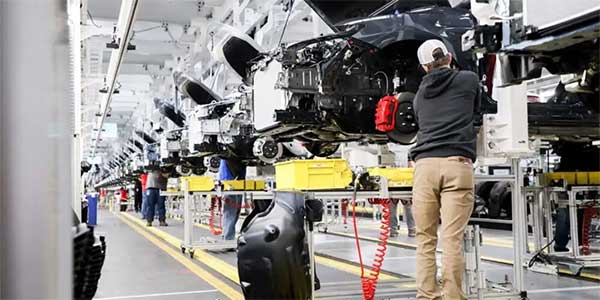As the popularity of electric vehicles continues to grow, we are starting to see more dealers include them in their dealership inventories. However, consumers still have doubts when deciding whether an EV is the right choice for them personally. Some frequent questions come to mind when considering the purchase of an electric car versus a standard, gas-fueled vehicle.
How many miles will a single charge last?
How often do I need to charge my vehicle?
Is there enough accessibility to charging stations in my area?
How much will it cost to charge my EV at home in comparison to the cost of gas?
As a dealer, you can put your customers’ minds at ease by selling them on one key factor: Convenience. Your customers want to know how an EV can benefit them. They want assurance that an electric vehicle will make their life easier by saving them time and money at the pump.
Ask your customer how often they stop for gas with their current gas-powered vehicle. Then ask them how much it costs to fill their tank. Focus on the time and money-saving aspects of no longer needing to include those things into their routine or budget. No more last-minute stops in the morning on the way to work or worrying about rising fuel costs.
Then provide them with the facts. According to drivelectricus.com, EVs get 200-300+ miles off a single charge and charging times will vary depending on a few components.
“There are two primary types of charging used by EV drivers: Level 2 and DC Fast Charging. Public fast charging is intended to get EV drivers back on the road quickly, similar to the time you would spend getting gas or grabbing a snack for the road. Level 2 charging is mainly installed at home, at work, in parking lots and garages around town.”
EV stations are starting to appear everywhere, including grocery stores, rest stops, offices and even outside your favorite restaurants. As charging stations become increasingly available while out and about, your customer can rest assured knowing they won’t need to worry about when and where their next charge will come from. The bulk of charging will actually take place at home while sleeping, adding even more ease and convenience to your customer’s schedule.
Driveelctricus.com states that the average vehicle gets 24.5 miles per gallon. Using the current national gas average of around $4.11, it would cost about $50 to travel 300 miles. With the cost of electricity at home, you can get the same 300 miles on a new, fully electric vehicle for just $16.50.
After outlining the rewards and benefits of EV ownership, your customer should be less conflicted than they were when walking into your dealership. When selling electric vehicles, it is important to remember that as much as you may be selling practical and convenient, you are also selling a lifestyle. Paint a picture of what life will look like for your customer behind the wheel of a new, sleek and innovative EV, and you’ll be sure to seal the deal.

